A thousand years ago, a magnificent abbey was built on a tiny island. This island is located in Normandy, off the northwestern coast of France.
This abbey sits on an island known as Mont Saint-Michel, which rose out of the depths of the Atlantic Ocean.
The Medieval Citadel

The name of the village is Abbey of Mont Saint-Michel. This awe-inspiring medieval site has played an essential role in the history of the French.
This majestic village and fortress have been a hot spot for tourists. With a yearly inflow of over 3 million people, this citadel is one of France’s most popular tourist destinations.
The Wonder of the Western World
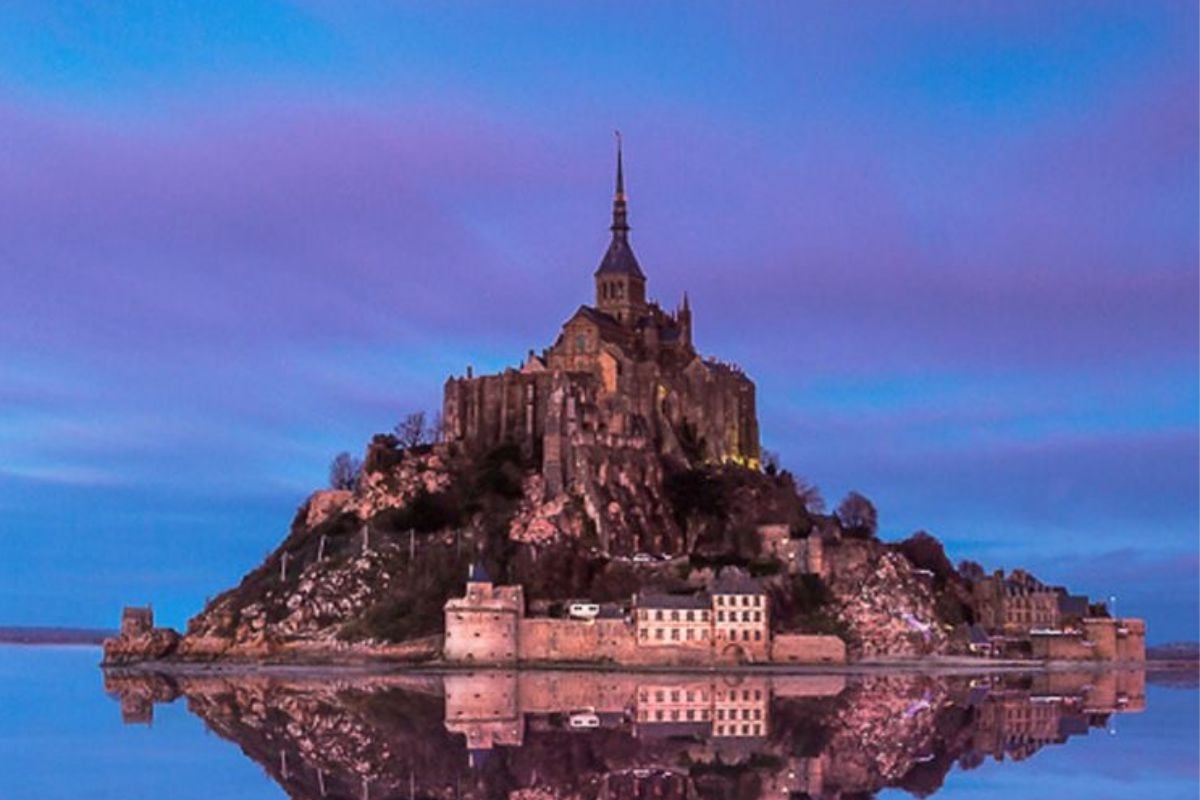
This rocky island is bounded by Normandy, Brittany, and the Couesnon River. It is also surrounded by quicksand. When the tide is high, the island looks like a fairytale castle surrounded by a picturesque coast landscape.
“A union of human brilliance and Mother Nature,” President Emmanuel Macron described. With many notable structures, like the sanctuary built in honor of Saint Michael the Archangel, the Mount was nicknamed the “Wonder of the Western World.”
A Sacred Site for Pilgrims
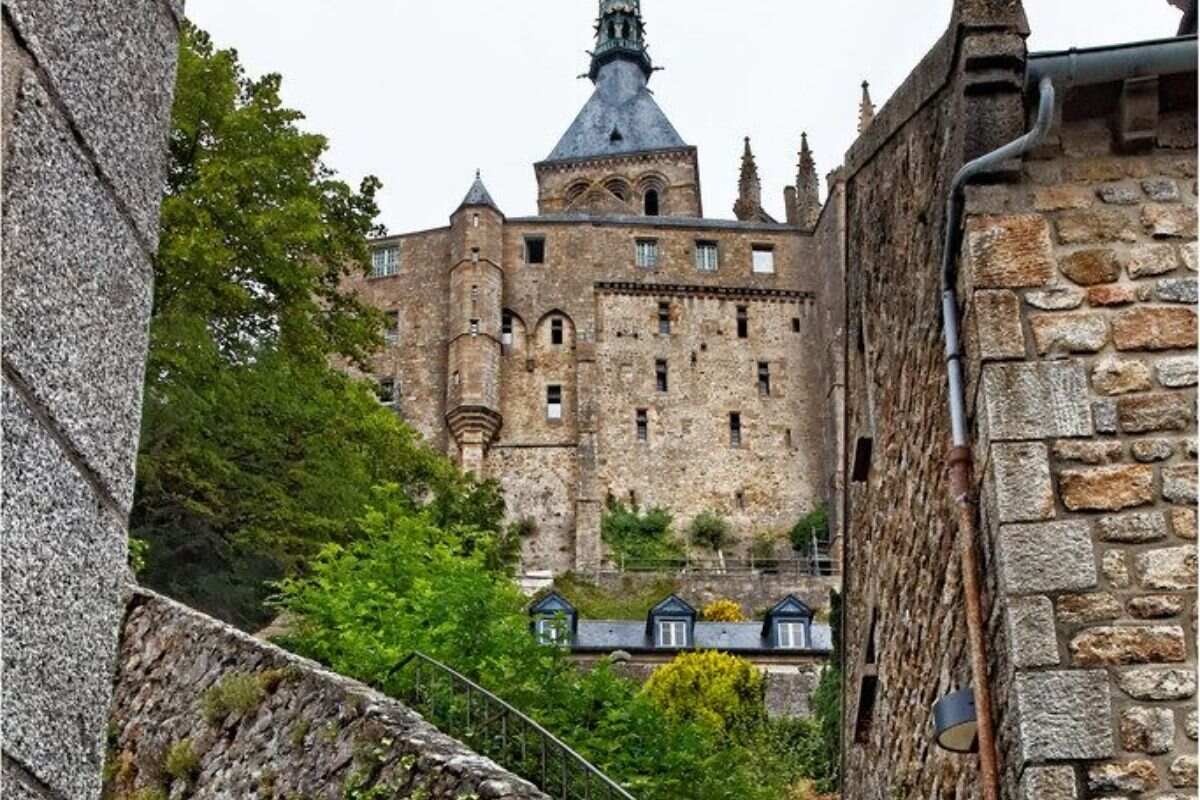
The origin of this citadel goes as far back as the 8th century when a chapel was first built on the island. From that point, it grew into a holy site for pilgrims, and then the construction of the rest of the abbey started from the 11th to the 16th century.
Various structures on the abbey and the abbey itself underwent numerous reconstructions and expansions in the following years.
The French Stronghold
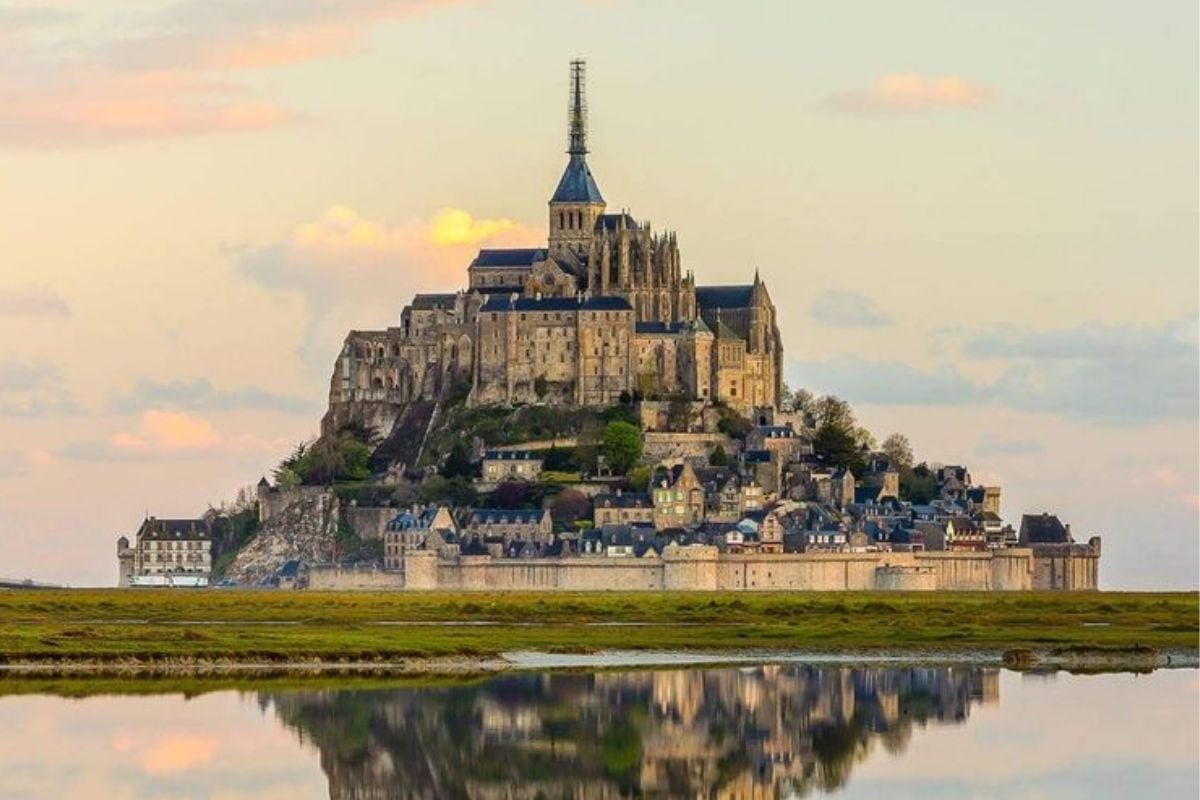
The castle has been a part of significant moments in French history. During the Hundred Year strife of the 14th and 15th centuries, the castle was used as a fortress. It survived a 30-year siege laid by the British government.
During the French Revolution of the 18th century, the Abbey of the Mont Saint Michel became a prison.
Bastille of the Seas
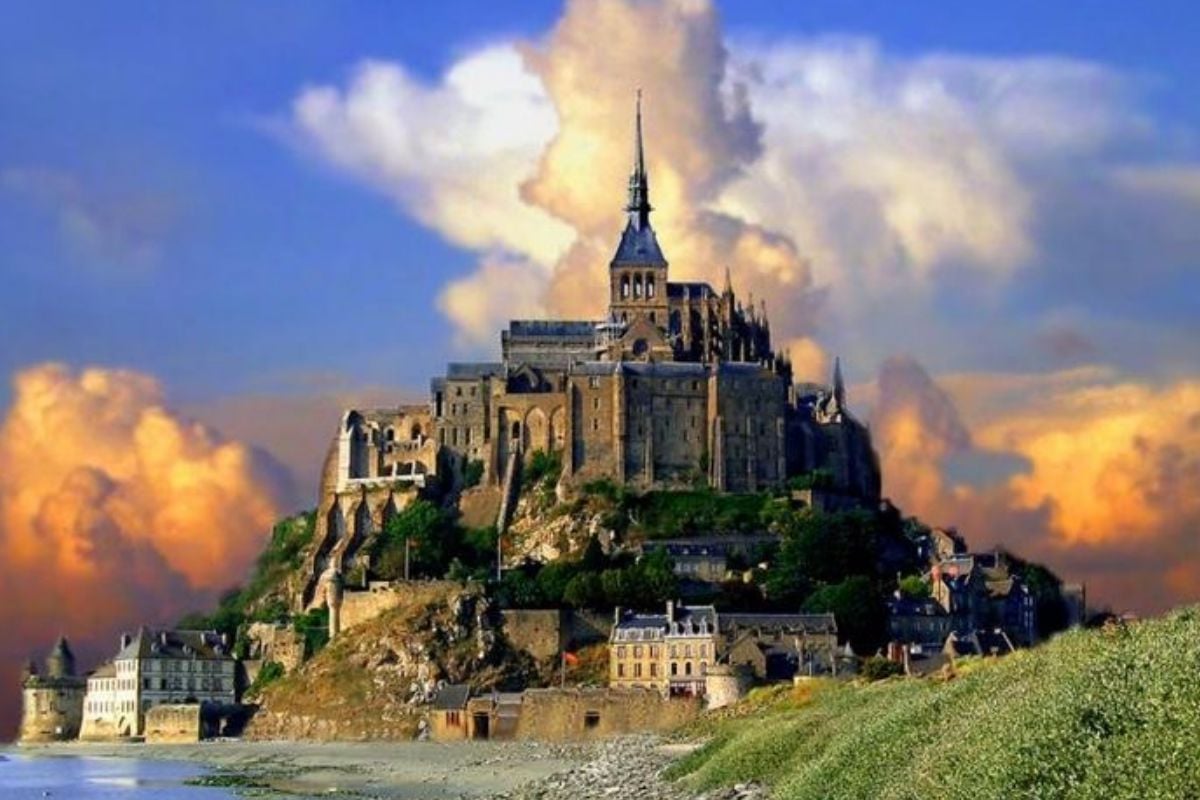
The citadel was nicknamed the “Bastille of the Seas,” a jail where rising tides and quicksand made jailbreak impossible. By 1863, 14,000 prisoners had spent time in this prison. The prisoners’ families took the place of the pilgrims that once dominated the abbey.
From the period of the Belle Epoque, the monumental castle eventually and gradually became the recognized tourist site well known today.
A Thriving Legacy
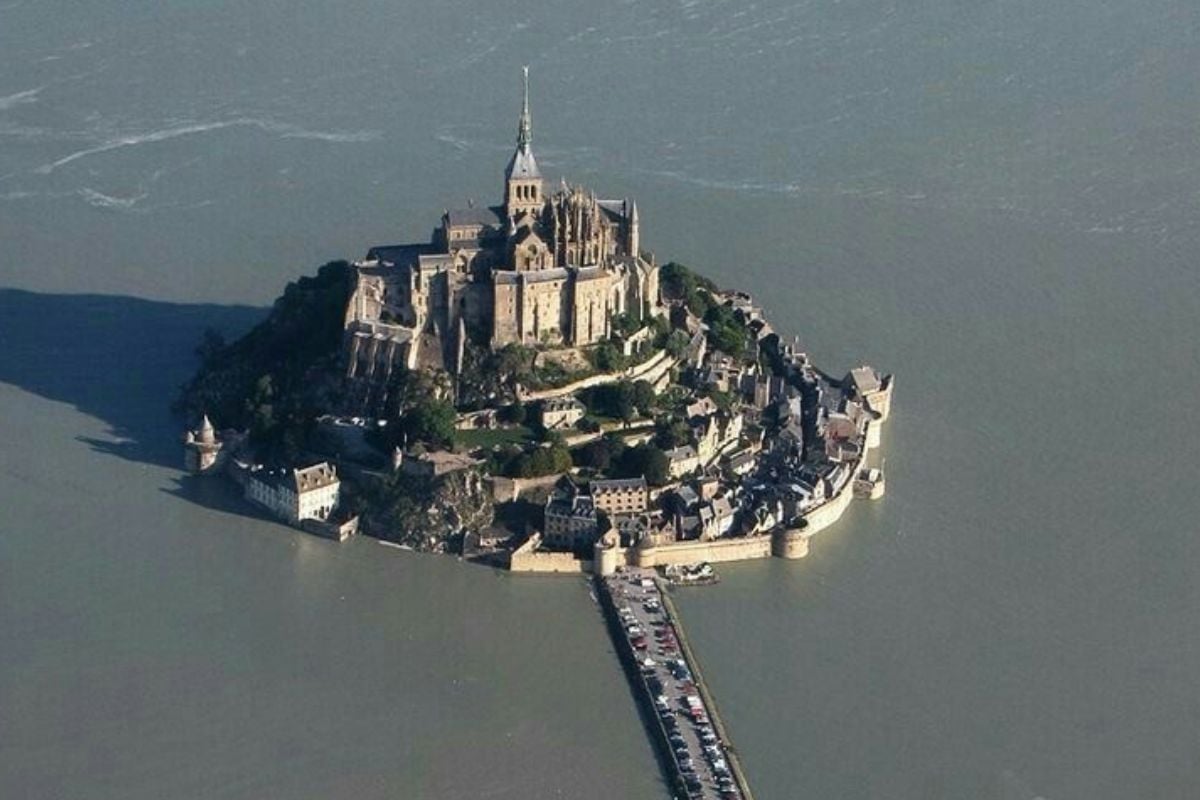
Derived from its founder’s name, Annette Poulard, one of the significant landmarks in this abbey is the Mère Poulard. Annette was a superb cook, and her legacy has been serving tourists since 1888, including author Ernest Hemingway.
More tourists keep visiting this castle on Mont Saint Michel. At peak periods, thousands of visitors can be seen on the streets. “Many years ago, way before the Santiago de Compostela, the abbey was the largest pilgrimage site in the West,” managing director of Mont Saint-Michel National Public Establishment, Thomas Velter, said.
The Effect of Tourists
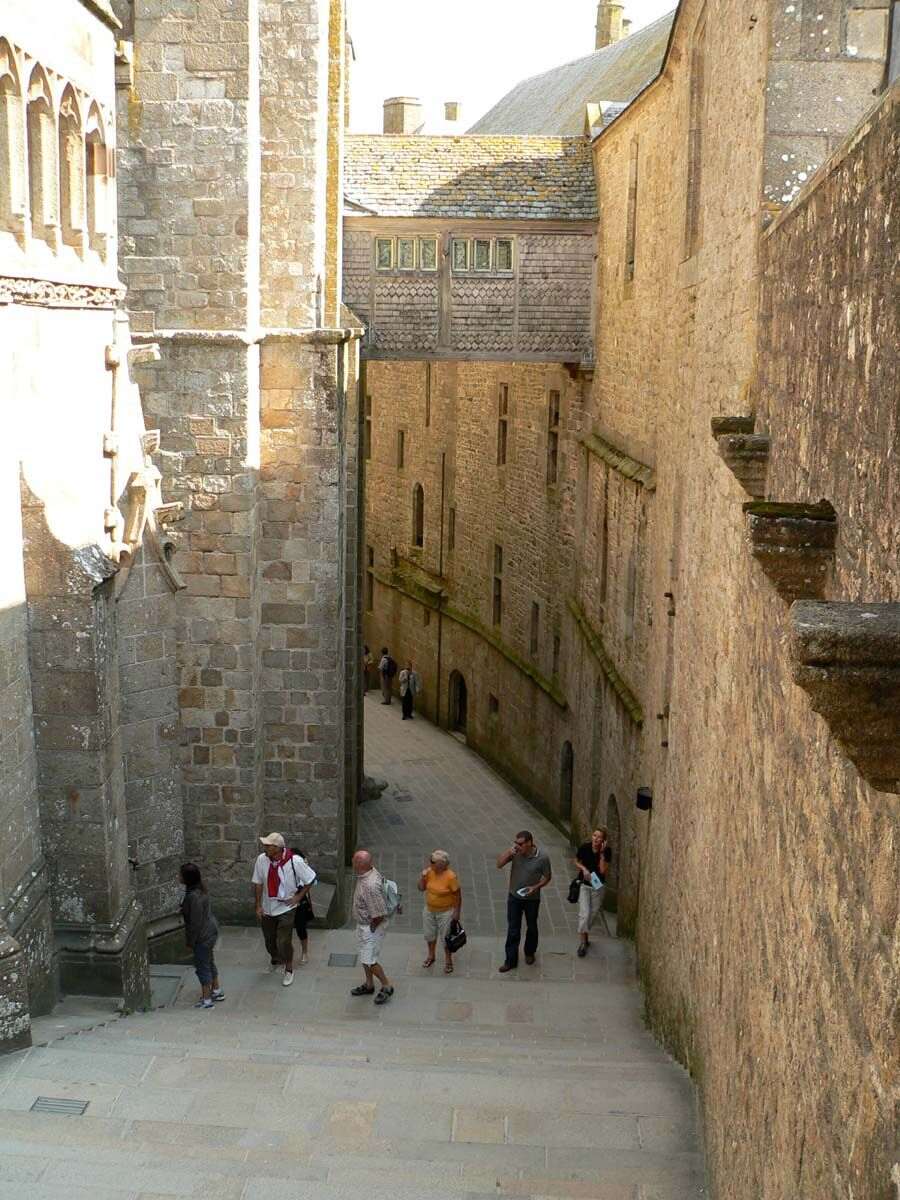
With the overwhelming number of visitors coming in, the officials on the island are starting to get alarmed. “During the Ascension weekend, we sold a record high of 10,500 tickets. That is a lot of people,” Thomas Velter explained.
Furthering his explanation, Velter said, “In total more than 33,000 visitors were on the abbey; although it wasn’t a record, it is a lot for the Mont.” Luckily, since the Covid period, the inflow of tourists is said to have reduced.
1000th Anniversary
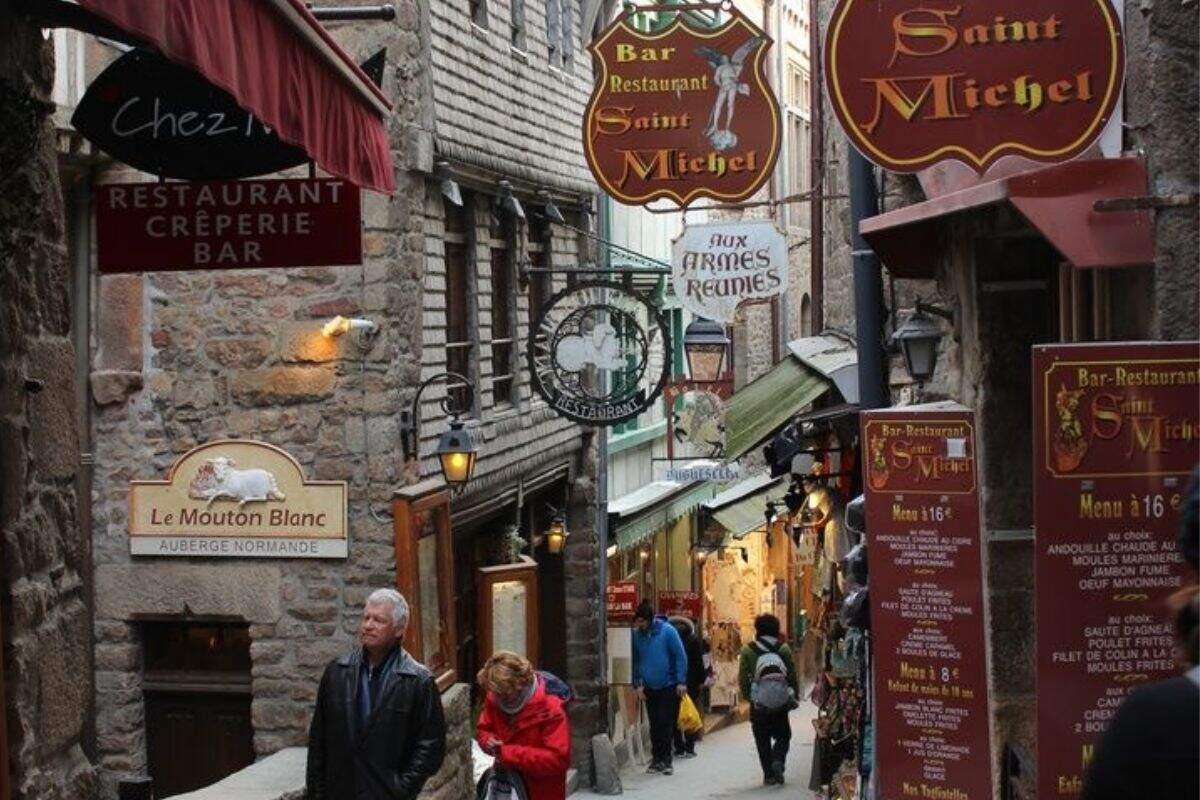
There is, however, a possibility that there will be an increase in the influx of tourists due to the millennium celebrations. This can be an issue for the locals, their businesses, and the surrounding nature.
Velter thinks it could have a negative impact on the locals because they won’t be able to keep up with the customer demand. “The abbey is a square kilometer in circumference and one shopping street. When more than 5,000 people are on the street at a given time, I don’t think it will be very pleasant,” Velter said.
A Symbol of Universalism

“This abbey is a representation of what we are; a people of builders. Its structure has become a symbol of French universalism,” the President of France, Emmanuel Macron, wrote.
On June 23, concerts, shows, and conferences called “Millennium Solstice” will be hosted on the abbey to celebrate the millennial year. The visitors will also enjoy exhibitions about the history and architecture of the abbey, and they’ll keep showing until November 2023.


